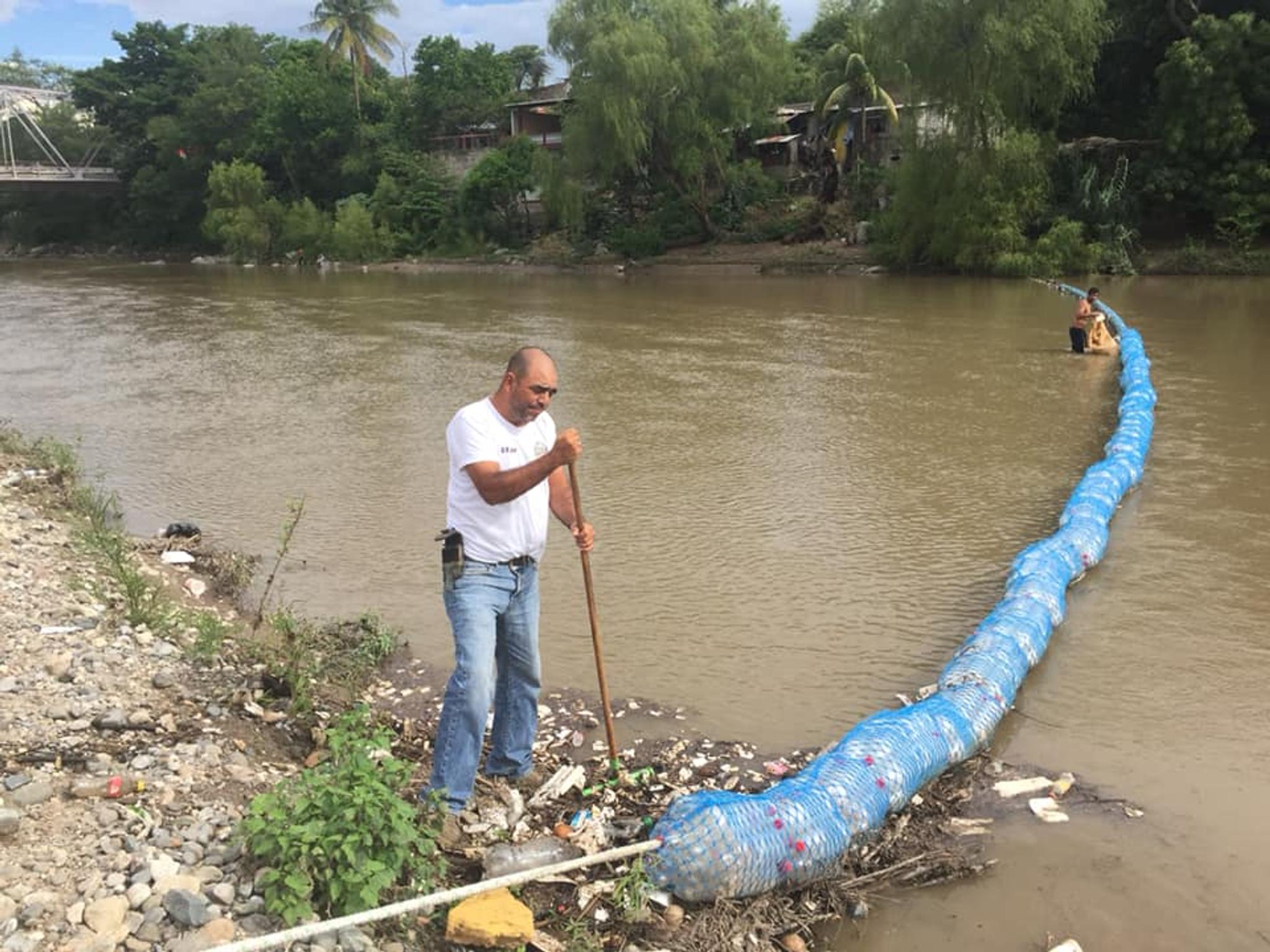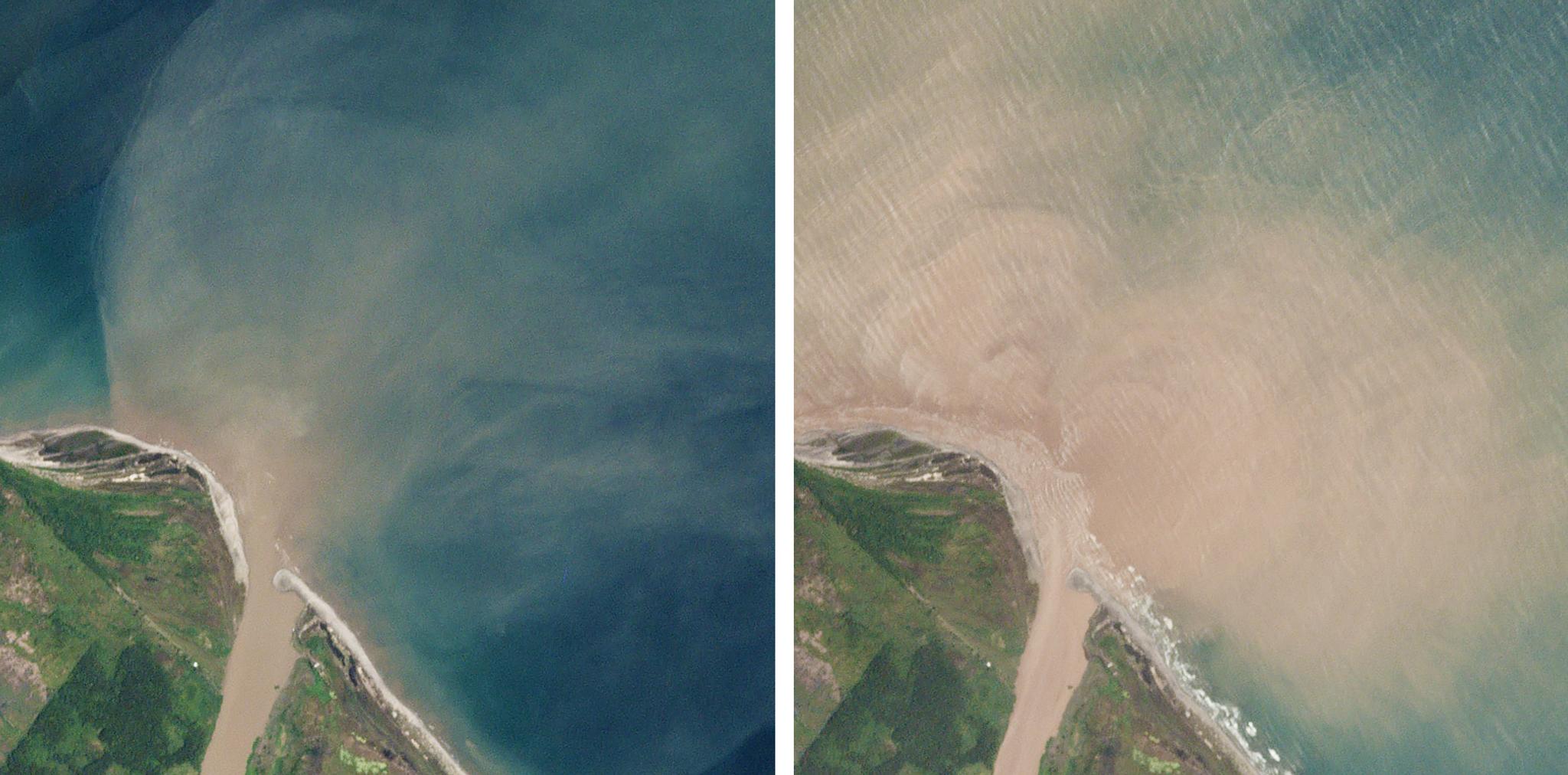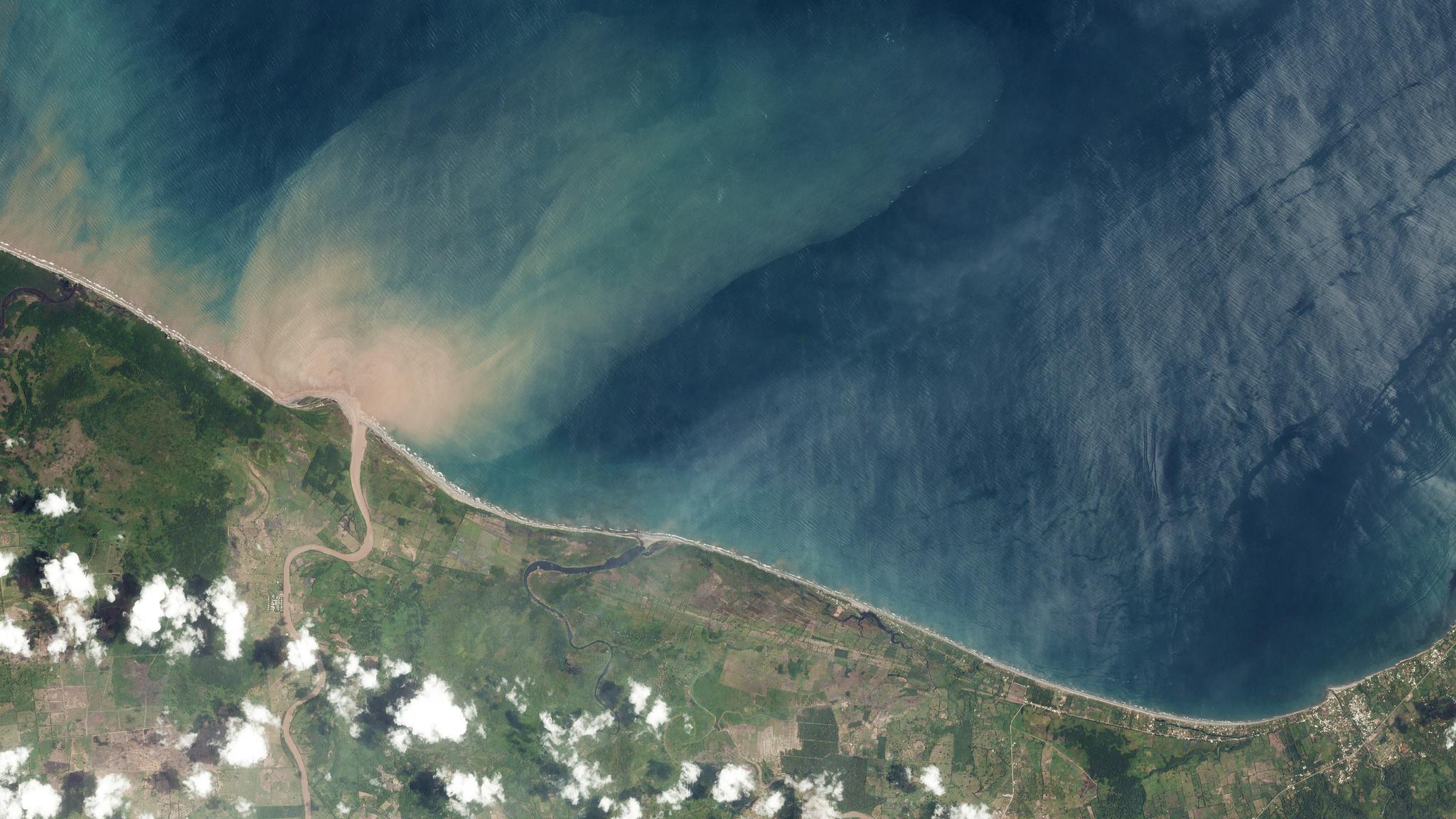All Eyes on Marine Plastic From Orbit
New research combining Planet’s high cadence satellite imagery and other innovative technologies has successfully found the sources and pathways of plastic pollution in the Caribbean Sea. The study by Kikaki et al. (2020) not only shows how satellite remote sensing is an efficient and cost-effective tool for monitoring plastic debris, but it also shows the value of integrating satellite information into future ocean clean-up and protection efforts. One of the most topical problems in marine pollution is microplastic debris, with an estimated 93 to 236 thousand metric tons of microplastic in our oceans as of 2014. Over the past 60 years, the accumulation of plastic debris has led to the formation of garbage patches—massive gyres of non-biodegradable plastic—and tons of microplastic seafloor sedimentation across global seawaters. Plastics are found not just in the ocean but in different trophic levels of the marine ecosystem, including over 50 percent of the fish species found in the American and Indonesian markets. [caption id="attachment_145894" align="aligncenter" width="960"]



Ready to Get Started
Connect with a member of our Sales team. We'll help you find the right products and pricing for your needs


